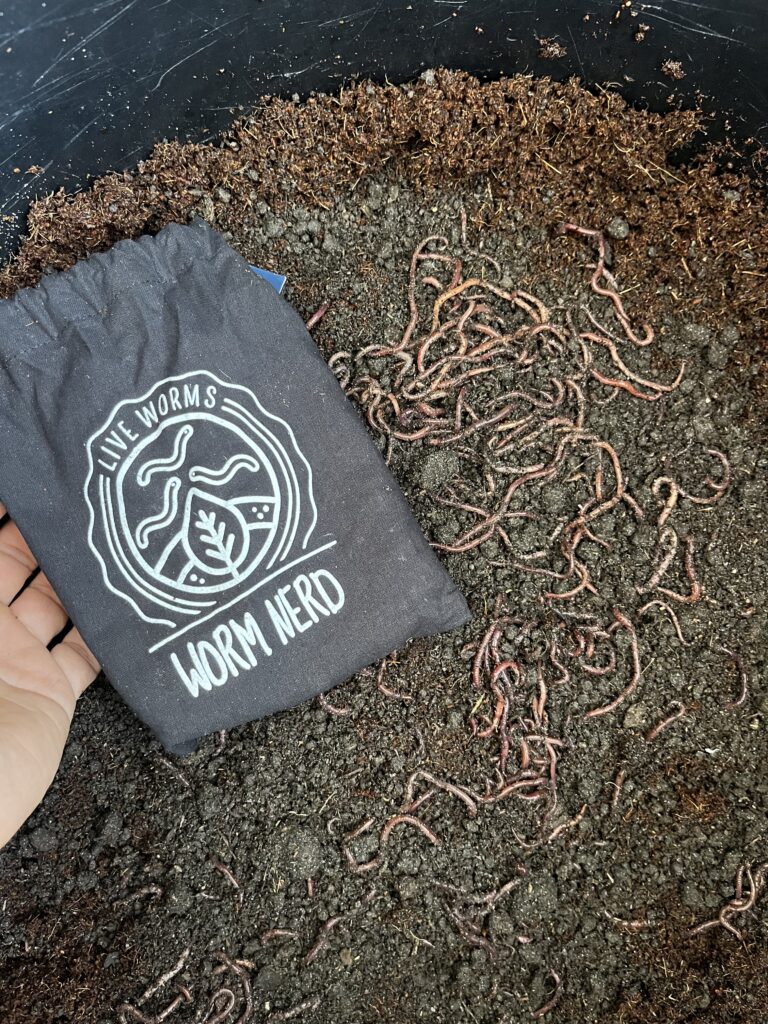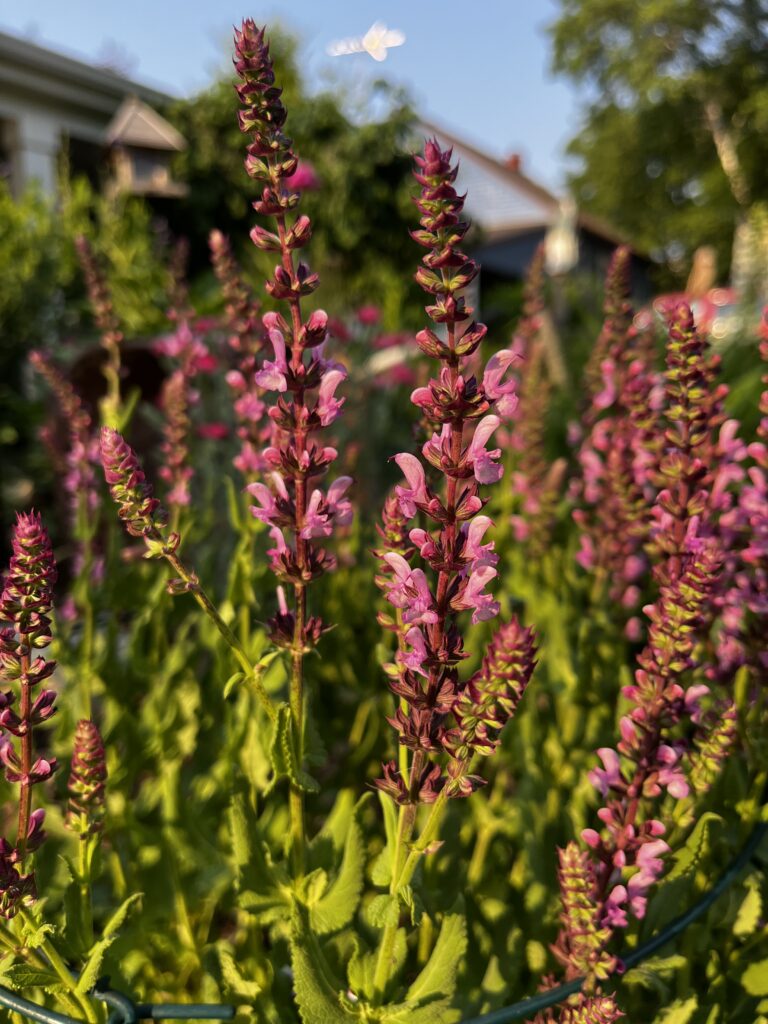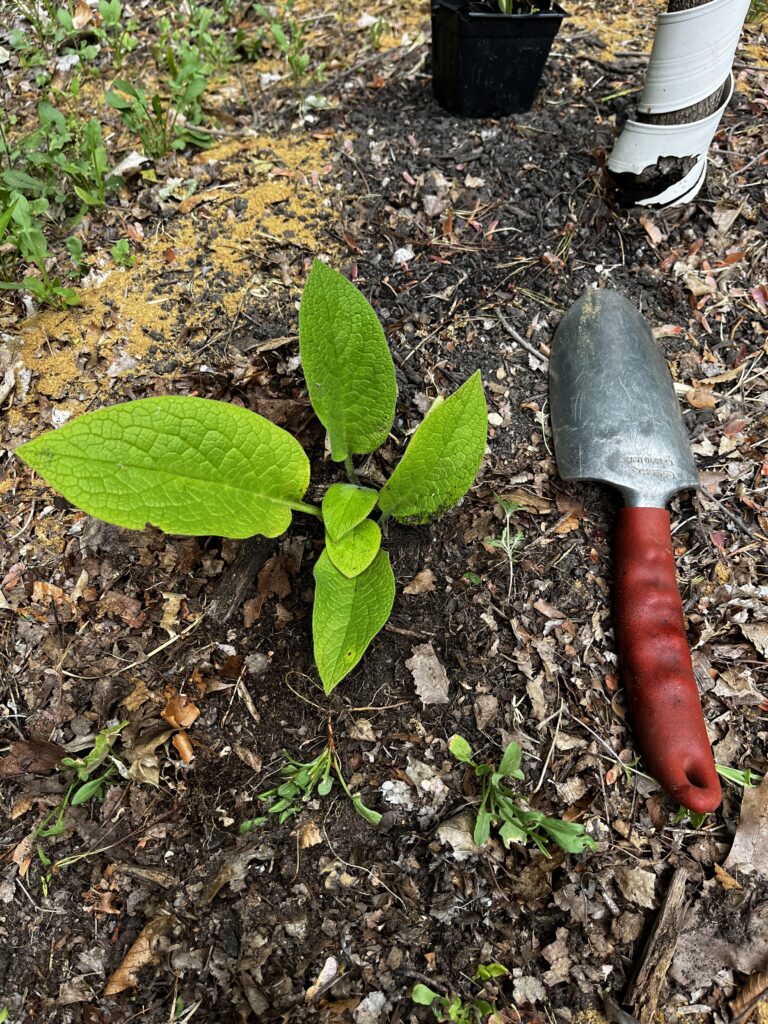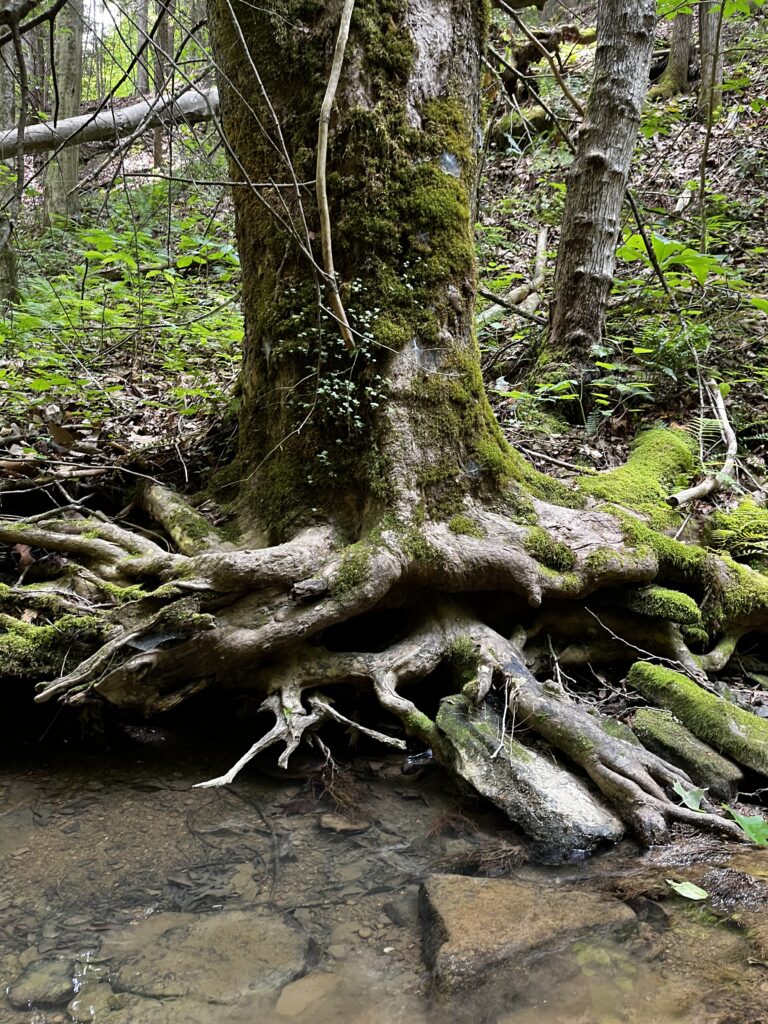The summer fun is in full swing and we are likely all enjoying the opportunity for daily harvesting. There is such joy and satisfaction in being able to walk into your backyard and grab a snack on the go. The flavor of a sun-ripened sweet tomato right off the vine, a little bit of sweet bell pepper, a few remaining peas, or a fresh piece of fruit from the tree. This is the taste of summer! For me, I remember being in the garden with my mom when I was a child, and she would always hand my brother and I some fresh green beans. There is something about fresh beans (still warm from the sunshine) that will always remind me of my childhood. I was fortunate as a child to have a parents who enjoyed the outdoors. My brother and I grew up climbing trees, foraging in the woods, hunting and fishing, and building forts near the berry patches. As the years have gone by, I have found myself looking back on those years as critical times of the establishment of wonder and imagination in my life. There is something about the garden and food forest that invites us inward and beckons us to be a part of it. To not just eat – but see, hear, experience and dream a little. The garden, for me anyway, is a place that I feel safe in, provided for, and celebrated.
This month, as you go about your July Garden Calendar and To-Do List, take time to imagine and appreciate. Take space for yourself and create a safe space to invite others. The food forest can be both a flower for one and a garden for all.
NOTE: This list is geared toward USDA Growing Zones 3-8. If you are looking for the July Gardening List for Zones 9-11, click here.

July Gardening To-Do List for USDA Zones 3-8
In the Garden & Greenhouse
- Building soil the vegetable garden: Remember, we are what we eat, so stay away from both chemical and synthetic fertilizers. Our top choice to “fertilize” is always to apply compost (regular for veggies and mushroom based for fruit trees and berry bushes). If you do not have access to organic compost, then my second choice is usually a rotation of worm tea, bone meal, azomite, fish emulsion, kelp, or other “whole ingredient” fertilizers, which help build the soil and not just give a temporary result. Unfortunately, even some name brand organic fertilizers are hiding things like MSG under the name “soy protein hydrolysate”. So, use wisdom when picking out the best fertilizers for you and your family.
- To plant: Get ready for planting fall garden veggies later this month. Think potatoes, broccoli, and other brassicas. Consider starting some in trays mid to late month.
- To harvest: Tomatoes, peppers, eggplants, beans, carrots, zucchini, squash, lettuce, and mixed greens
- Compost: Turn pile 1-2x per week.
- NOTE: For most people an outdoor compost pile doesn’t really generate a lot. However, using a worm bin (like the ones from Uncle Jim’s Worm Farm), can provide worm tea which creates way more bang for your buck. For most families, composting worms are going to give you a better result.

In the Food Forest
- Apply Summer Compost or soil amendments
- Compost (mushroom based for food forest and manure based for veggie garden)
- Recommended Amendments: Bone meal, azomite, epsom salts, chelated iron, hummus, chop and drop from nitrogen fixing plants
- Probiotics spray every other week. I use BioAg for this.
- FREE 11-minute talk on probiotics for the yard, click here.
- Plant new fruit trees and berry bushes. Here is a step-by-step process (with diagram) of how to plant a fruit tree or berry bush. Some of the info may surprise you. Remember, trees often take 3-5 years to reach a significant level of production. The best time to plant a fruit tree was 10 years ago, but the second best time is today.
- Remove suckers from the base of fruit trees. These are likely a root stock coming back, and will essentially “suck” the nutrients from the top of the tree, so keep them cut / pinched off.

In the Shed
- Set mouse / rat traps. We have really liked these bucket traps from Amazon
- Oil hand tools: Keep hand tools oiled and clean after every use. A cheep olive oil wipe down will work wonders to help prevent rust, but you can also use a gun or motor oil as well.
- Use the Rainy Days: When you have occasional rainy days, consider taking an hour to clean and organize in your shed or garage. Make a “donate” pile to bring to a local community garden if you find you have a surplus that could find a new home.

Livestock
- Water rotations: In nature, animals don’t drink out of the purified tap. Sometimes their water is from a rain puddle, but other times from a stream or pond. To help mimic this and give their immune system a boost, try doing something different every time you refill their water.
- Apple Cider Vinegar: 1 tsp per gallon
- Honey: 1 TBSP per gallon
- BioIivestock Probiotic: Dilution rate on bottle depending on species
- Herbs: Add fresh oregano, thyme, rosemary, etc to their water to make a “tea”
- Rainwater
- Deworming Cattle / Horses: 1-1.5 cups of Basic H per 100 gallon watering container OR 1TBSP per gallon for chickens, goats, lamb.
- Keep Chickens Cool in Extreme Heat: click the link for some creative ideas to help keep chickens cool in the hot summer months.
- Check herd health daily: My friend Fred always says, “A good farmer is ‘out-standing’ in his field. Literally.” As a general rule of thumb you should have eyes on every animals, every day. Some animals may need morning and evening check in times, but it’s important to be attentive, especially if any animals have recently given birth.

In the Pasture
- Plant: Keep pastures irrigated, plant sunn hemp for deer forage or nitrogen fixing cover crops.
- Pasture Edge: Plant support species on the pasture or food plot edges. Consider edible berry bushes (currants, gooseberries, lingonberry, elderberry, mulberry, or paw paw trees. Other plants like comfrey, vetch, and clover can be planted on the edges to help fix nitrogen into the soil and provide additional pollination.
Around the House and Perennial Beds
- Deadheading: Remove as many of the dead flowers as you can. This will promote more vigorous summer blooms. You may, however, want to let a few go to seed in order to save seeds for propagation next spring.
- Fertilize flower beds: This time of year you can easily use bagged grass clippings in the annual beds to help fertilize and create mulch. If you are seeking to amend your soil, consider bone meal and azomite this time of year as your best options.
- Spring bulb care: Cut back any of the “dead” from the spring bulbs to clean up the flower beds. If they are still green, leave them along because they are storing up their energy reserves for next years blooms.
- Annual Flowers: Plant some pops of color around the garden. Use as many native wildflowers and perennials as possible, because the vast majority of annuals do NOT provide nectar for bees and butterflies. However, using them sparingly can still give lasting bursts of color. Some annual flowers (nasturtiums, marigolds, calendula, etc.) are also edible and medicinal and can even be used as vegetable companion plants.
- Air out the house: On a cool morning or early evening, consider opening up the windows to air out the house. This is also a great time to change your HVAC filters indoors from extended summer AC use.
- Power-wash lawn furniture on hot summer day. When it’s too hot to be in the garden, get a power washer to clean off the porches, deck, patio, and the furniture. Many of them allow you to add a bit of soap (like Basic H) to the washer for added cleaning power.

Kids & Family Ideas
- Visit a local hiking trail: Look up some hiking trails in your area and go out on a day adventure. Pack a lunch with you, bring extra water, and be sure to bring your camera and a foraging bag (if responsible foraging is permitted).
- Wild Bird Feeding
- Suet cakes for woodpeckers should be around the edges of the garden, because they will also help control caterpillars.
- Safflower Seed: great for cardinals but also not a favorite of squirrels.
- Water and birdbaths will help attract even more birds than the feeders themselves on hot summer days.
- Hummingbird feeders: Never use dyed red nectar…this is completely unnecessary and not good for the birds. Also, remember that sugar water ferments quickly, so hummingbird feeders need to be changed every 3 or 4 days. If you cannot remember to change the nectar water, please take down your feeders because fermented water is a number one killer of hummingbirds.
- Walking Sticks: Find and decorate walking sticks together. You can tie string around them and collect feathers, paint them, etc. Even as an adult, a good walking stick is a must when putting chickens up for the night.
- Outdoor picnics: Plant at least one meal a week that is outside in nature. Maybe this week it’s grilling on the patio, but then next week might be a blanket in the grass with charcuterie boards. Perhaps sandwiches from your childhood while laying in a hammock, or a summer salad on the front porch as you wave at the neighbors passing by.
Thanks for reading our July Gardening To-Do List
As always, thanks for taking time to join on the gardening and permaculture journey. Be sure to check out the continual flow of content available via our social media channels. Remember, PermacultureFX also does virtual consulting (using Facetime, Zoom, satellite images, etc.). We’d love to help you get a plan for your property and help you create abundance and wonder.
If this article was helpful, consider sharing on social media (or with your garden groups) to help set others up to win on their property. Happy Summer, and I’ll see you in the garden!
– Kristofer Edler
PS – If you are interested in access to our ever growing resource library including video classes, pdf’s, food forest tours, and exclusive content – consider joining the Permaculture Patreon Community! There is a 7-day FREE TRIAL!
